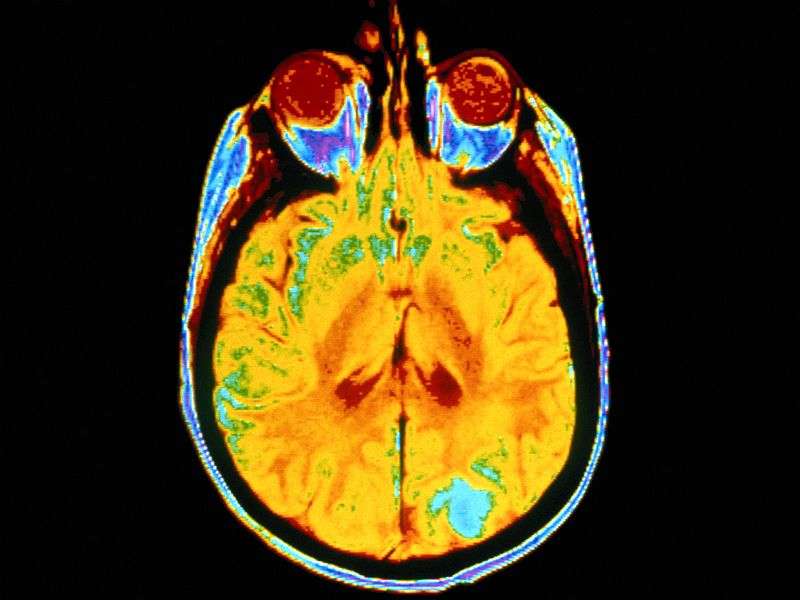Neuronal heparan sulfates play role in amyloid pathology

(HealthDay)—Neuronal heparan sulfates (HSs) modulate brain amyloid-β (Aβ) clearance and aggregation in a mouse model of Alzheimer's disease (AD), according to an experimental study published in the March 30 issue of Science Translational Medicine.
Noting that cell surface HSs have been implicated in several features of the pathogenesis of AD, Chia-Chen Liu, Ph.D., from the Mayo Clinic in Jacksonville, Fla., and colleagues explore their involvement in amyloid pathology.
The researchers found that removal of neuronal HS by conditional deletion of the Ext1 gene in postnatal neurons of amyloid model APP/PS1 mice correlated with a reduction in both Aβ oligomerization and the deposition of amyloid plaques. Microdialysis experiments conducted in vivo revealed an accelerated rate of Aβ clearance in the brain interstitial fluid. In postmortem human brain tissues from AD patients, the amounts of various HS proteoglycans were increased.
"Our findings have implications for AD pathogenesis and provide insight into therapeutic interventions targeting Aβ-HSPG interactions," the authors write.
Two authors disclosed financial ties to the biopharmaceutical industry.
More information: C.-C. Liu et al. Neuronal heparan sulfates promote amyloid pathology by modulating brain amyloid- clearance and aggregation in Alzheimers disease, Science Translational Medicine (2016). DOI: 10.1126/scitranslmed.aad3650
Copyright © 2016 HealthDay. All rights reserved.


















